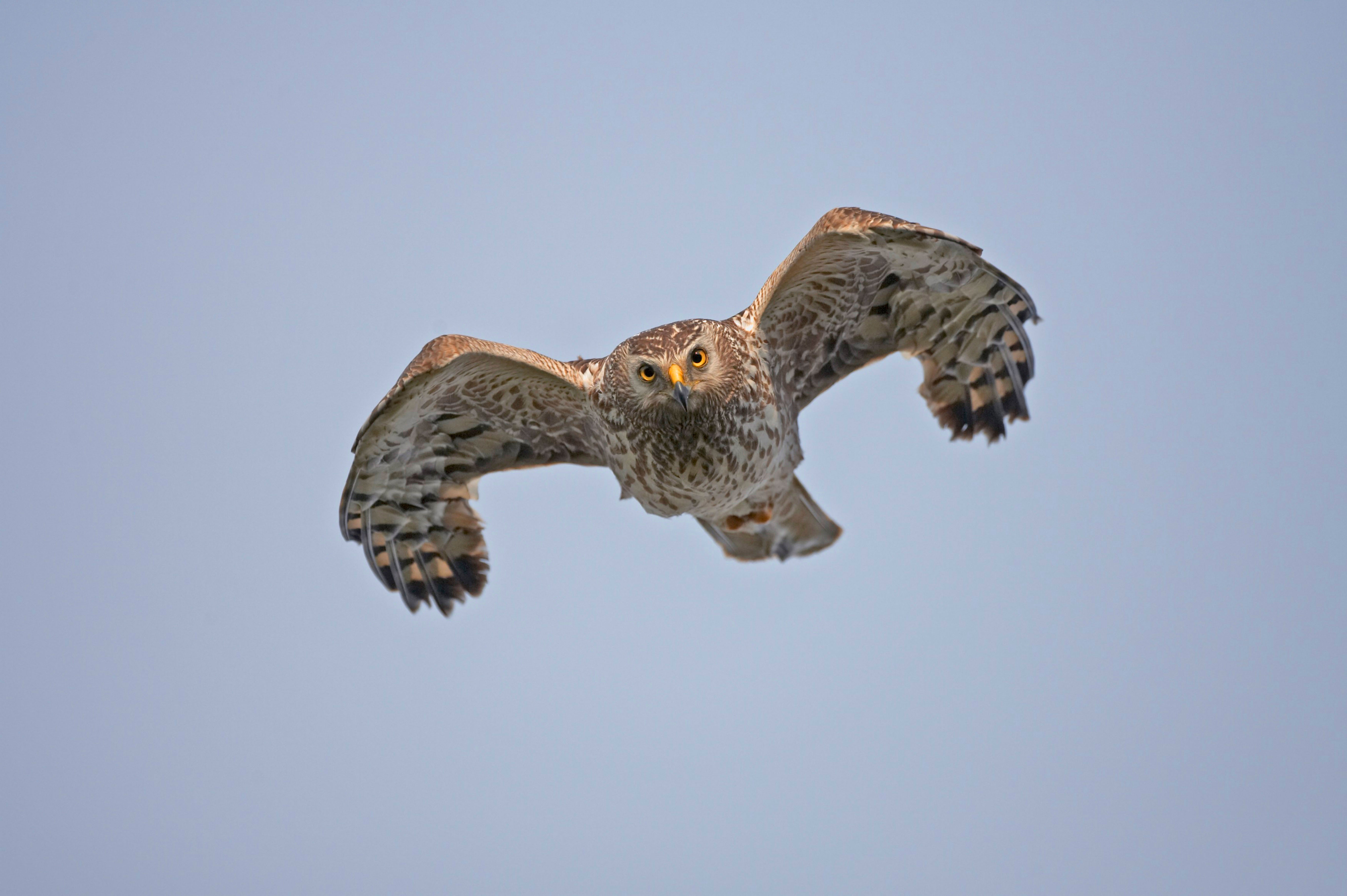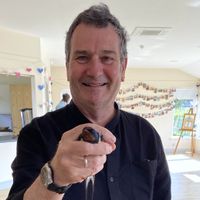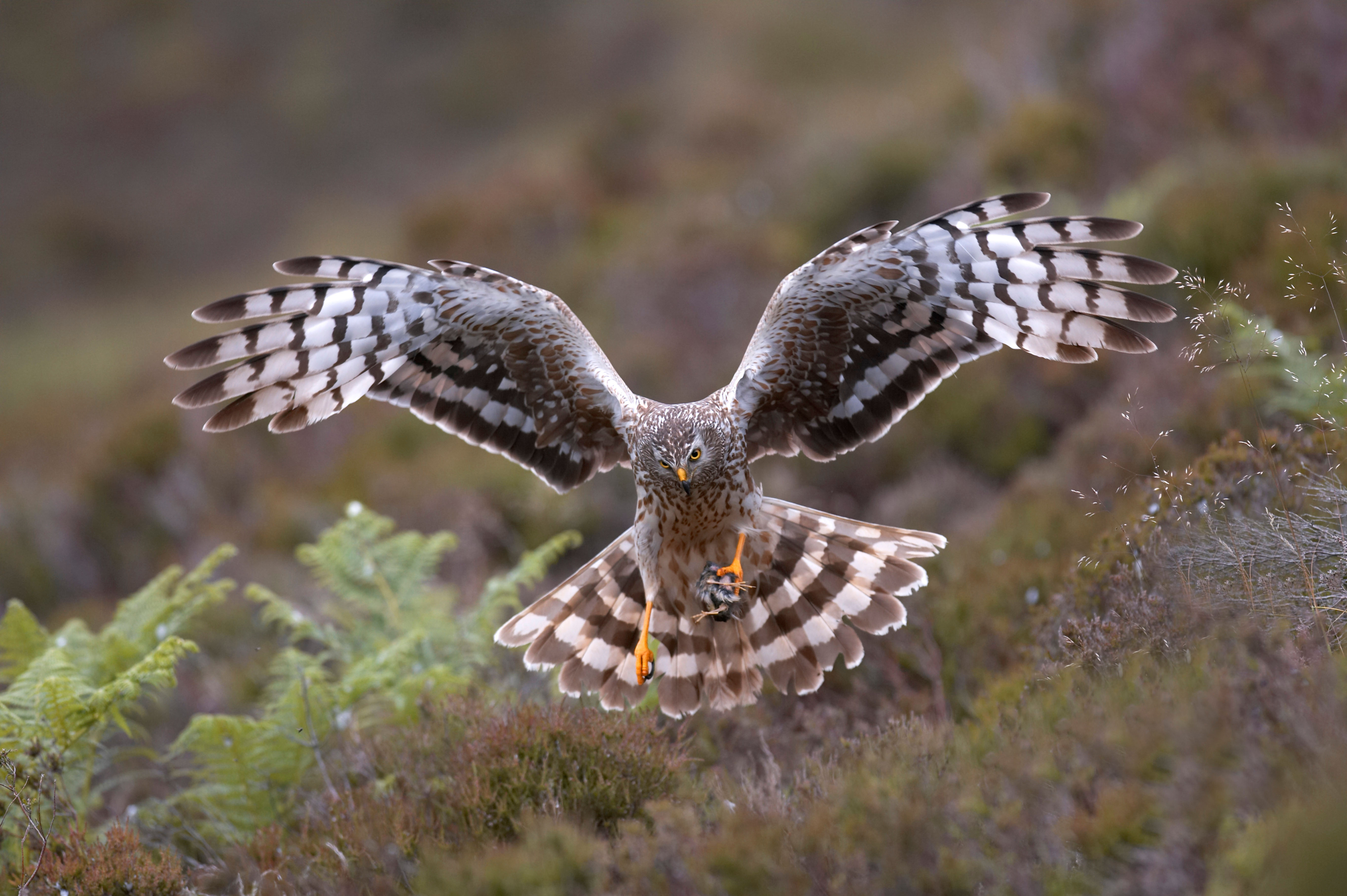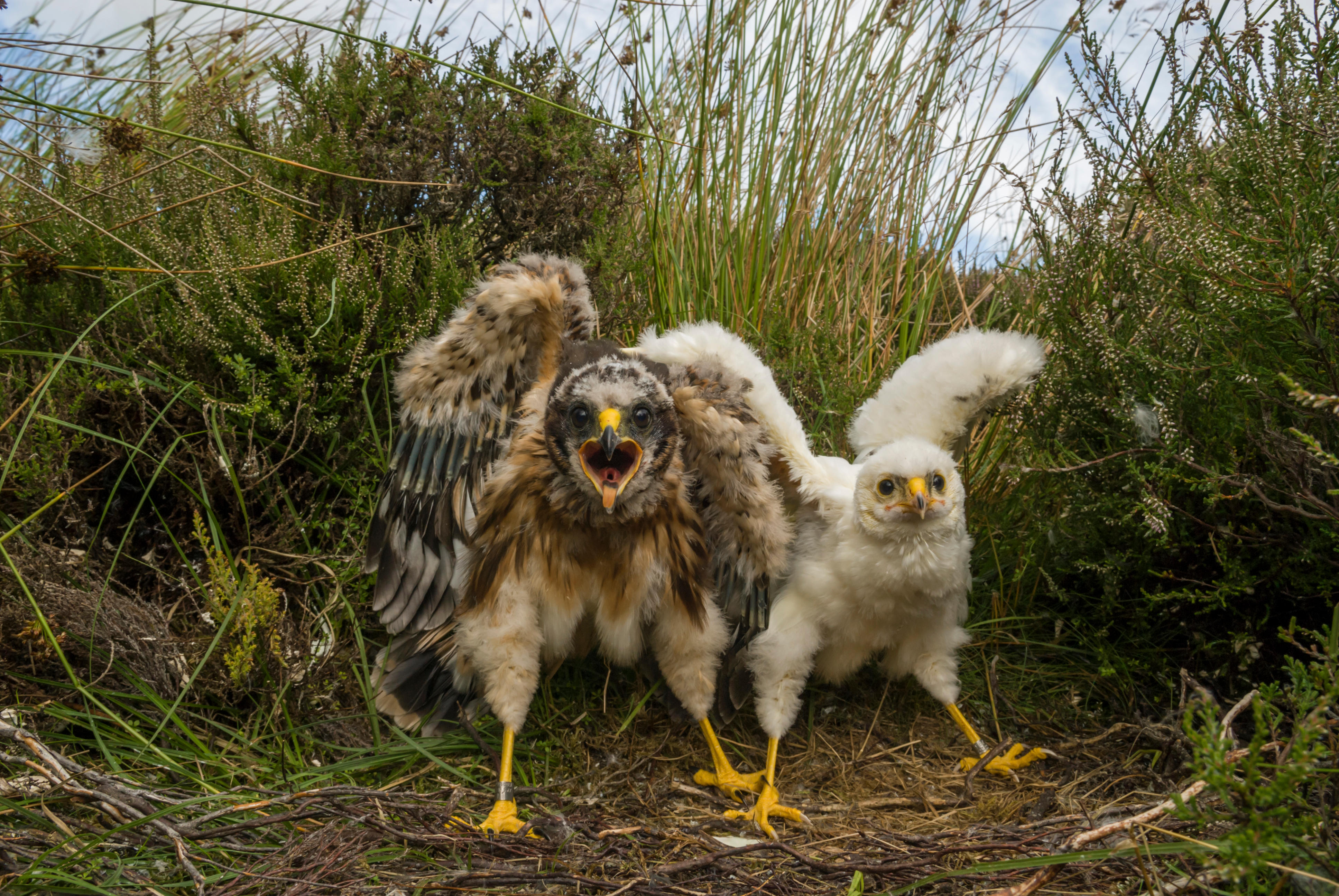Hen harriers: The 'marvels of evolutionary adaptation' that are 'ballet and theatre and poetry inscribed on air'
The hen harrier is one of the most glorious birds of prey in Britain — yet it provokes fierce debate. Mark Cocker unpicks why this breed is among the most controversial of all British birds.


A pattern in our relations with birds of prey is that we borrow their names as a way of celebrating human technologies. The Harrier jump jet is a good illustration. It was meant to honour the aeroplane’s marvellous manoeuvrability: what it draws on is the ease with which a hen harrier (Circus cyaneus) can hold steadily on the air, flap slowly to a point of stillness, then turn away in a sideways sweep or double back and twist down to the ground like a blade pressed home.
The bird in hunting mode is an embodiment of immense control and exquisite aerial fluency. With all deference to the original manufacturers of the jump jet, their Harrier is a shadow of the living bird. Of our three harrier species — Montagu’s, marsh and hen — the last breeds most extensively in our uplands, roughly north and west of a line between north Wales and Northumberland.
It is a medium-sized raptor with a wingspan a little over 3ft. The biggest females, which can be nearly twice as heavy as their mates, weigh only 1½lb. Their diet is correspondingly sized, with frogs, fishes, lizards and snakes all recorded. Yet those aerial skills are particularly adapted to taking small birds, especially buntings, larks and finches. A prey item often crucial to their breeding success is an abundance of meadow pipits, with voles similarly important.

A female hen harrier swoops down on its prey.
It was perhaps inevitable that a creature christened for its occasional depredations of our domestic fowl was never going to be a household favourite, but few could have foreseen how it has become the most contested of all British birds. The consequences can be measured in the current breeding total. In 2023, there were 691 pairs, which represents a welcome 20% increase since the beginning of the century. This figure can only be understood when set against the enormously improved fortunes of all British raptors. Those changes have depended upon the elimination of pesticides, such as DDT, but also on legal protections since the past century, reinforced by deeper awareness among the public.
In the osprey, red kite and hobby, numbers have increased by a factor of 10 or sometimes 100. The hen harrier languishes behind its relatives and, in Britain, it remains red listed. The central issue is not that it kills hens, but that breeding pairs will catch and eat young grouse. The perceived threat to their economic interests has led a few of the grouse-shooting fraternity to take matters into their own hands. In 2023 alone, 32 radio-tagged harriers vanished or were illegally killed. Even compromise measures, which seek to close the gap between the two sides, have been controversial.
Brood management, which had been overseen by Natural England until its recent cancellation, involves harrier eggs or chicks being removed from nests on grouse moors, then released as hand-reared adults in other areas. It has so far resulted in a rise in England specifically to 50 pairs, compared with four in 2016 — but this one part of the British Isles is judged to have habitat suitable for 600 breeding hen harriers.
There are many baleful consequences of the controversy. An ongoing suppression of its population is plainly the most significant, but another outcome is that we often fail to see the bird truly. Instead, it remains trapped within our anthropocentric concerns, tainted under the lens of chronic dispute.
Exquisite houses, the beauty of Nature, and how to get the most from your life, straight to your inbox.

A hen harrier nest with two chicks, one a female (left) which is much bigger than the rare leucistic male (right).
In truth, hen harriers are marvels of evolutionary adaptation. A sense of wonder at this bird rises to its highest, both literally and figuratively, with the displaying male. In his ritualised courtship flight, he scales the heavens above a moorland territory until he is merely a speck against the blue. The silver-grey body, finished in details of white or black, is intrinsically beautiful.
For once, however, those aesthetics are outdone by the purity of his movement. The male possesses narrow wings with a lithe and elastic action. As he steeples up and down the sky, the wings rotating in a great slow-motion arc, he sometimes looks more like a swallow than a bird of prey. The hen harrier’s courtship flight is ballet and theatre and poetry inscribed on air. It rivals any vision created by our avifauna. One day, perhaps, we will all understand it in exactly this way.
Mark Cocker's latest book, ‘One Midsummer’s Day: Swifts and the Story of Life on Earth’, is out in paperback
Mark Cocker is a naturalist and multi-award-winning author of creative non-fiction. His last book, ‘One Midsummer’s Day: Swifts and the Story of Life on Earth’, is out in paperback. A new book entitled 'The Nature of Seeing' will be published next year by Jonathan Cape.
